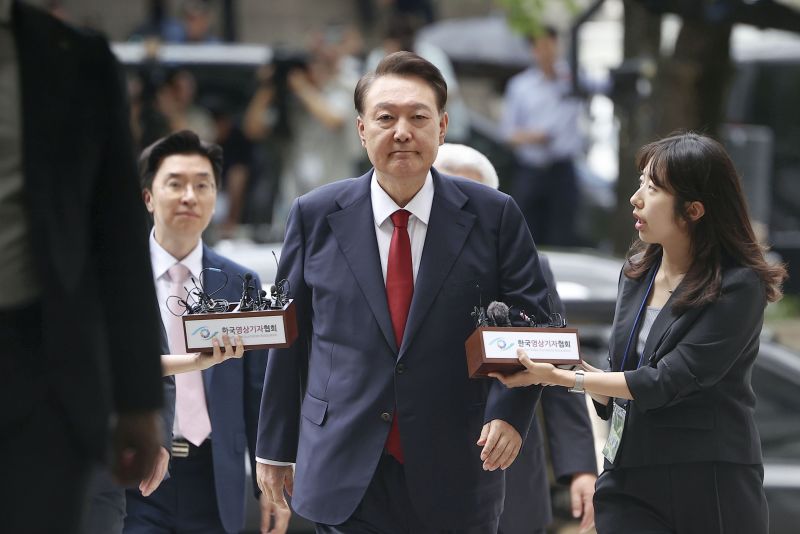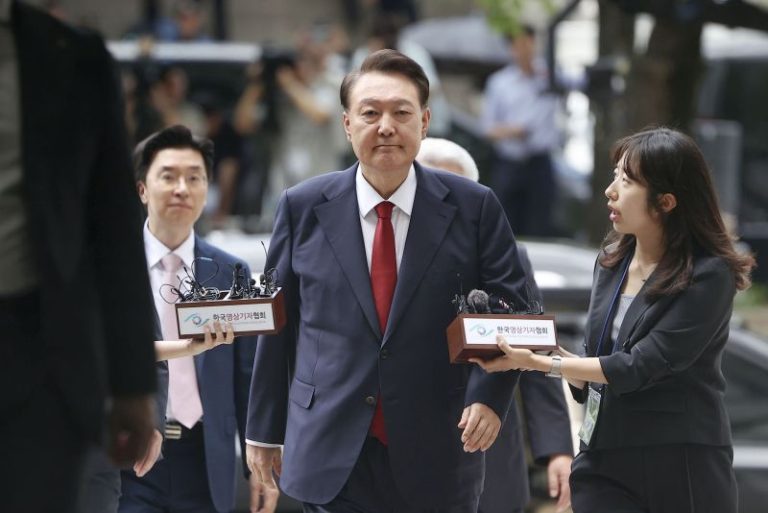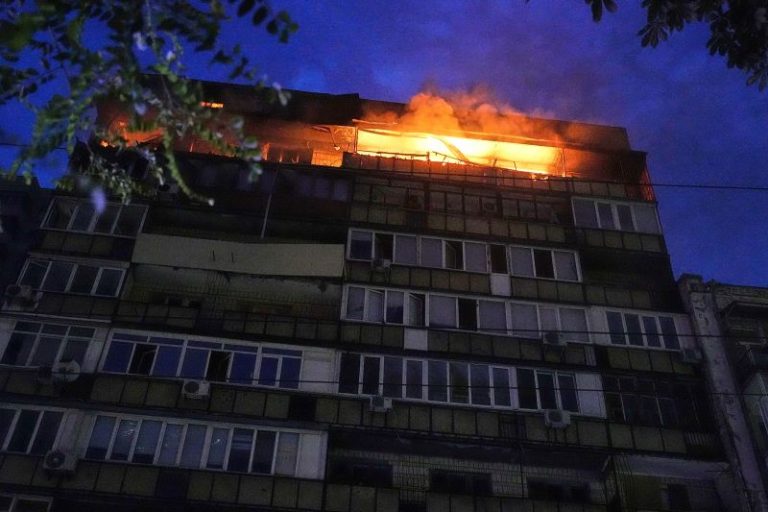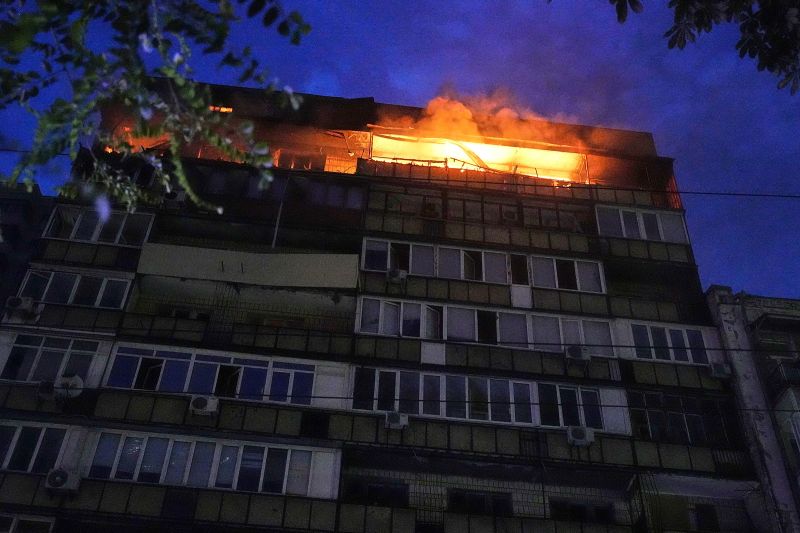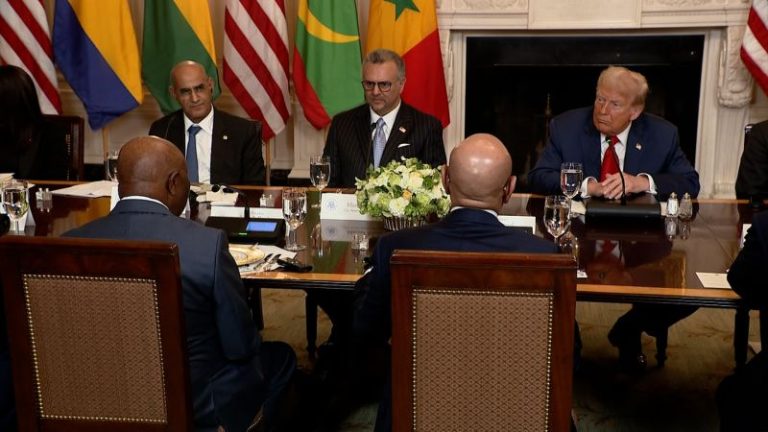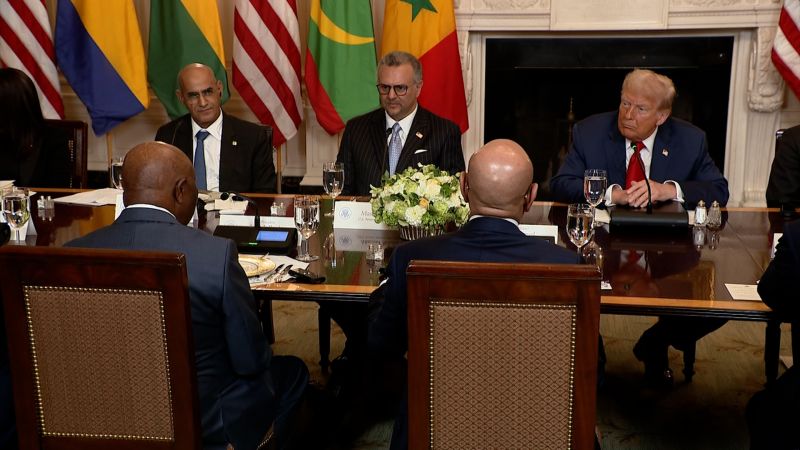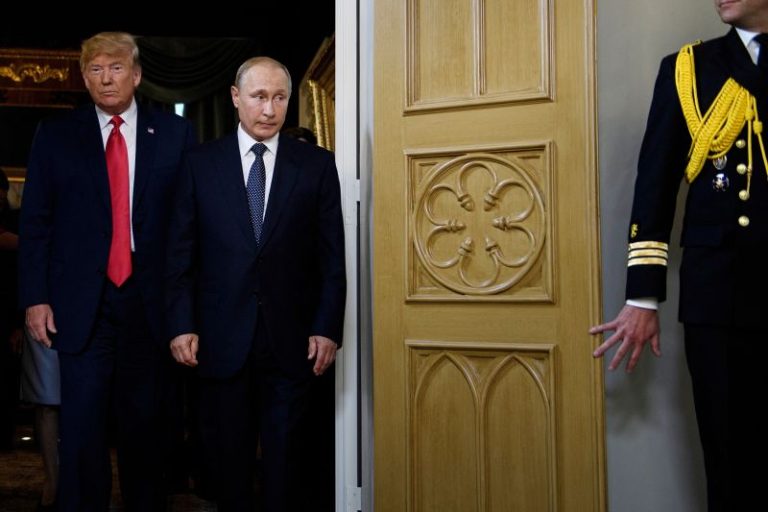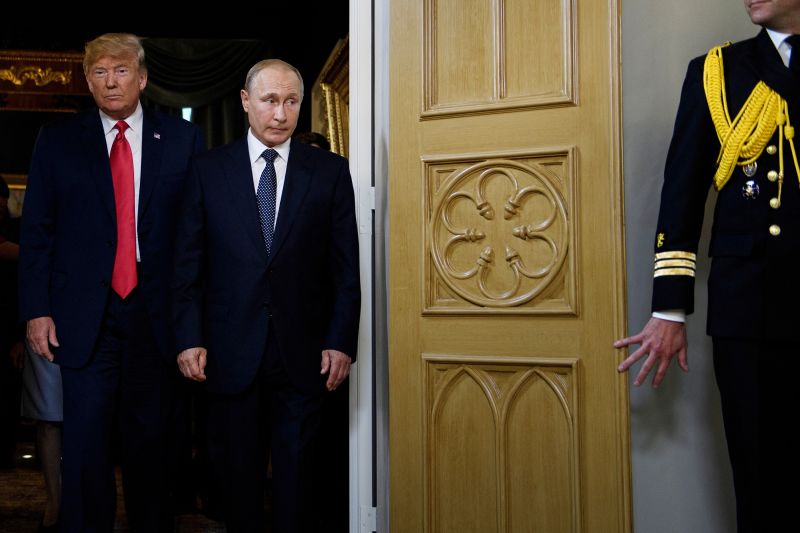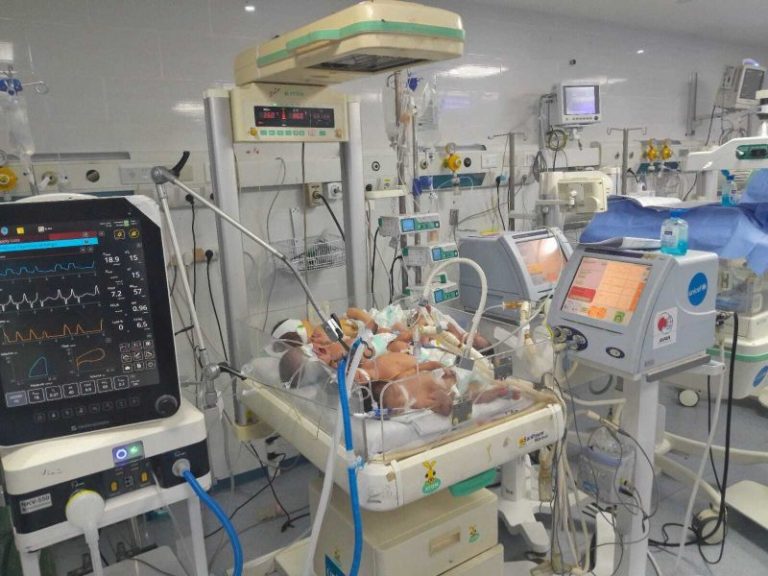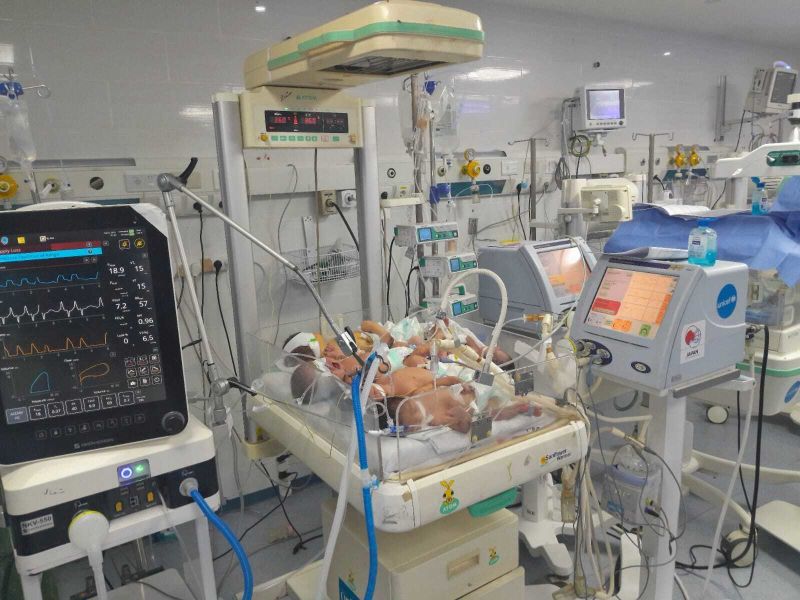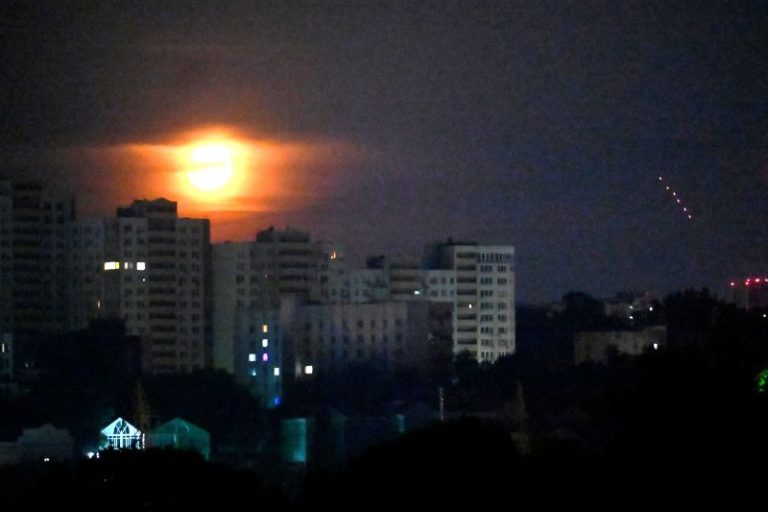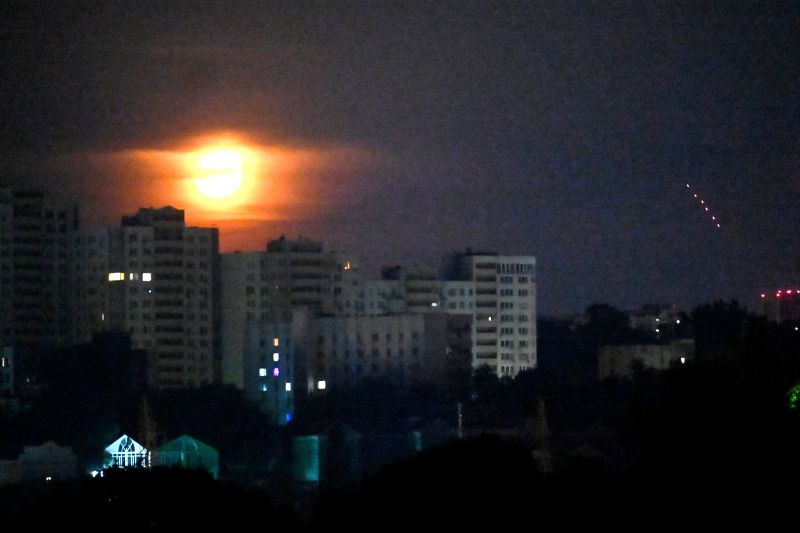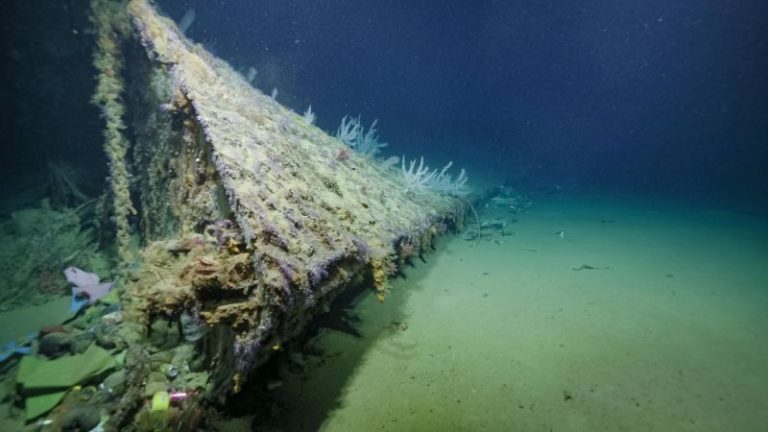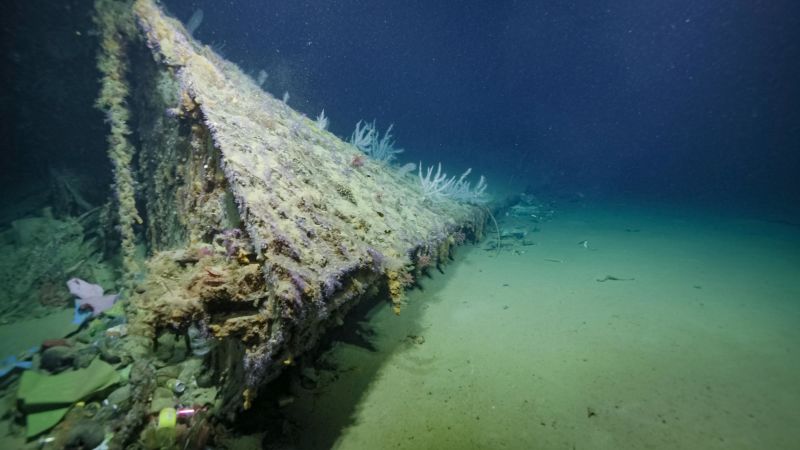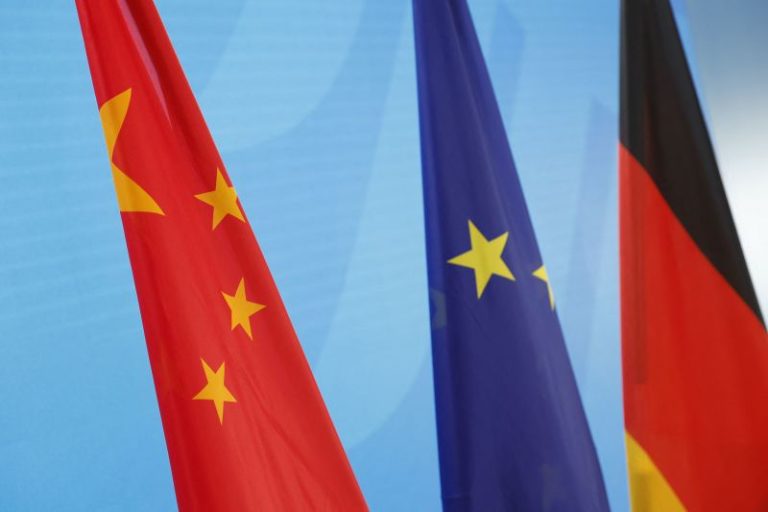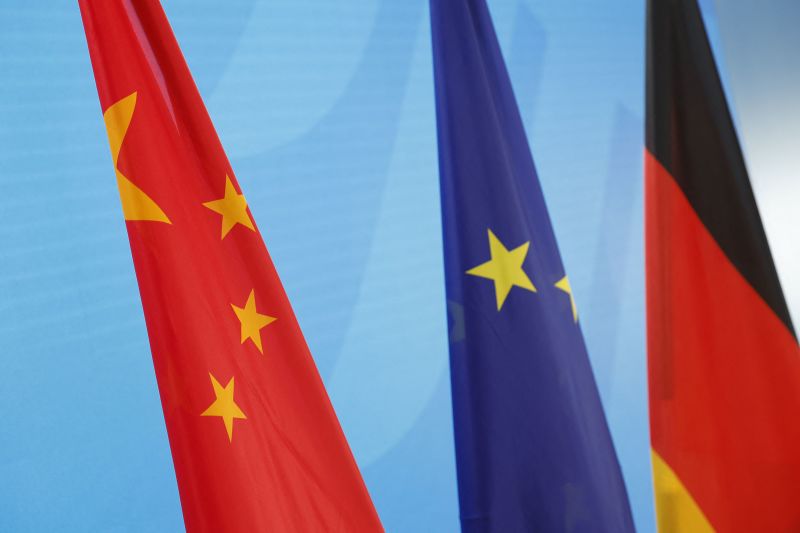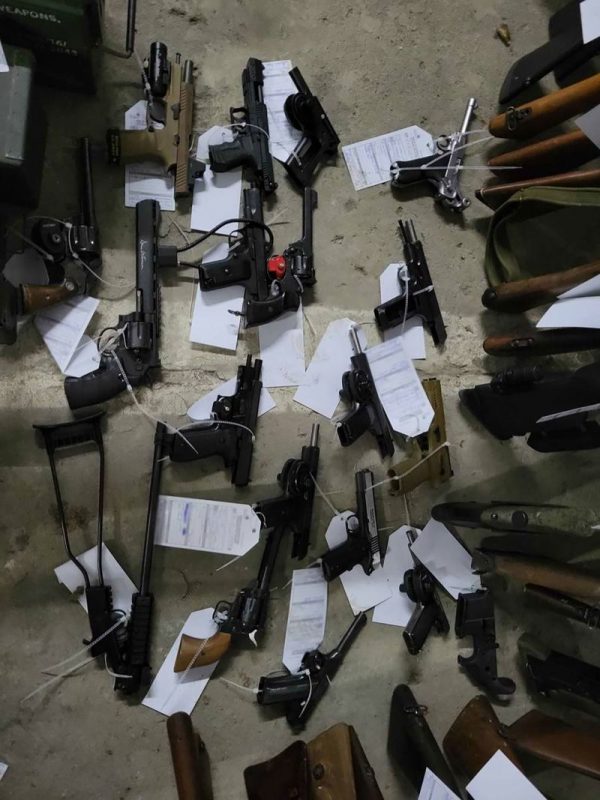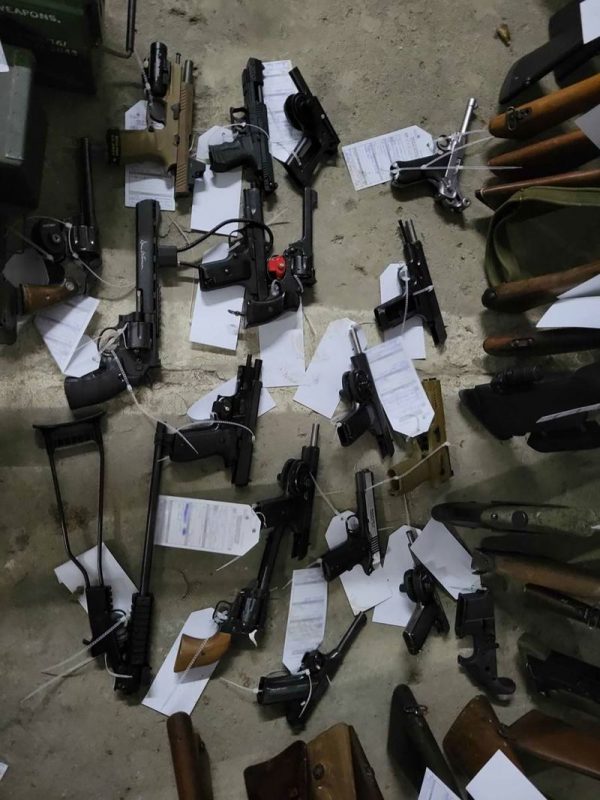
More than 200 kindergarten students in northwestern China were found to have abnormal blood lead levels after kitchen staff used paint as food coloring, authorities said, in a case that’s stoked outrage in a country long plagued by food safety scandals.
Eight people, including the principal of the private kindergarten that the children attended, have been detained “on suspicion of producing toxic and harmful food,” according to a report released Tuesday by Tianshui city government, as cited by Chinese state broadcaster CCTV.
The principal and a financial backer of the school had allowed kitchen staff at the Heshi Peixin Kindergarten to use paint pigments to color the children’s food, leading to contamination, according to the report, which followed a days-long but ongoing probe into the cases.
Of the 251 students enrolled at the kindergarten, 233 were found to have abnormal levels of lead in their blood, the report found. The children were undergoing medical treatment with 201 of them currently in hospital, authorities said. Medical evaluation on the effects of their exposure, which can cause long-term and developmental harm, were not yet made public.
Local media cited a pediatrics professor as saying aspects of the case suggest there could be chronic lead poisoning, meaning exposure over a period of more than three months.
During the investigation, two food samples from the kindergarten – a red date steamed breakfast cake and a sausage corn roll – were found to have lead levels more than 2,000 times the national food safety standard for contamination, according to figures cited in the investigation report.
Authorities said they launched the probe on July 1 after becoming aware of reports that children at the school had abnormal blood lead levels. Lead exposure in children can lead to severe consequences, including impacting children’s brain development, behavior and IQ.
The government report did not disclose how long the exposure had gone on, with some affected parents interviewed by state media saying they had noticed abnormal signs in their children’s health and behavior for months – and clamoring for more answers about how the exposure happened.
“My mind went blank,” a mother of one affected student told state media after learning from a hospital in a nearby city that her child had a blood lead level of 528 micrograms per liter – a revelation that came after she said a local department in Tianshui told her the blood levels were normal, according to a report published by outlet China National Radio (CNR). China’s National Health Agency classifies “severe lead poisoning” as anything above 450 micrograms per liter.
“Right now, I’m not thinking about compensation – I just want my child to be healthy,” she was quoted as saying.
The case has raised all-too-familiar concerns in China about food safety as well as the levels of transparency with which such cases are handled – especially in a system where independent journalism is tightly controlled and officials are under pressure to resolve issues quickly.
Earlier this month, after the school conducted tests on the students but did not issue individual results, many parents took their children to Xi’an – a major city a roughly four-hour drive from Tianshui – for testing, according to a report published by a news outlet affiliated with the official People’s Daily.
Reports from state-affiliated media found that 70 children who were tested in Xi’an had blood lead levels surpassing the threshold of lead poisoning, with six of those cases exceeding 450 micrograms per liter. According to China’s official guidelines, this level is classified as “severe.” A full picture of the results from all the students with abnormal levels was not publicly available.
One mother told the People’s Daily-affiliated outlet that she had been confused by her daughter’s constant stomach aches, loss of appetite and behavioral changes over the past six months, which didn’t improve after treating her with traditional Chinese medicine.
Others expressed skepticism about the results of the official investigation.
“The children only eat three-color jujube steamed cake and corn sausage rolls once or twice a week, how could they be poisoned so seriously?” one mother, who gave her surname Wu, told CNR. “If something like this happened to the children in school, at least give us an explanation. Now there is nothing.”
Earlier this week, Tianshui’s mayor Liu Lijiang said the city would “do everything possible to ensure the children’s treatment, rehabilitation and follow-up protection,” while vowing to close “loopholes” in Tianshui’s public food safety supervision.
The case has led to widespread expressions of outrage across Chinese social media, the latest among dozens of high-profile scandals have been reported by local media since the early 2000s.
“Serious accountability must be maintained and food safety issues cannot be ignored or slacked off. When it involves the life safety of young children, severe punishment must be imposed,” wrote one commentator on the X-like platform Weibo.
“Children are the hope of a family. I hope they can recover soon and grow up healthily,” said another.
Past scandals have also impacted children. In one of the most egregious examples, six infants died and some 300,000 others were sickened by milk powder formula containing the toxic industrial chemical melamine. Several executives found to be responsible for the 2008 case were ultimately handed death sentences, and the tragedy drove deep mistrust of domestic products and food safety in China.
Lead poisoning used to be a more widespread issue in China. In 2010, the central government for the first time allocated special funds for heavy metal pollution prevention in response to at least 12 high-profile cases the previous year that left more than 4,000 people with elevated blood lead levels, according to state media.
Officials have also moved to tighten food safety regulations in recent years, but pervasive cases have shown more needs to be done in terms of enforcement and to build back public trust, experts say.
Improving the food regulatory system calls for “more transparency, more thorough investigation of food safety cases,” said Yanzhong Huang, a senior fellow for global health at the Council on Foreign Relations in New York and author of the book “Toxic Politics: China’s Environmental Health Crisis and its Challenge to the Chinese State.”
Huang also said a lack of public confidence in the safety systems could evolve into a “trust crisis.”
This post appeared first on cnn.com
